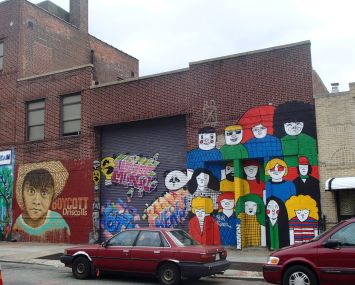Every industry has its share of false perceptions. The architecture business is no exception. That’s why I’ve decided to write a three-part article over the next few weeks that will at last dispel some commonly held myths about working with architects.
One of the biggest misconceptions I’ve encountered is that architects have no idea of what a budget is–we’re just here to draw pretty pictures and dream up lofty, pricey designs. This could not be further from the truth, particularly if you’re working with a reputable architect. Good design and good business work together in harmony; you don’t need to nix one for the other!
In fact, crunching numbers is central to our job as architects. That role begins on the very first day of a project, starting with the client interview process. It’s then that we listen closely to the needs of a landlord or tenant, determine the kind of budget they need to work within, the schedule they are looking to achieve a project in and, yes, the look of the space that we will partner with them to create. Once those parameters have been set, all numbers are then vetted to make certain they are realistic and achievable. It’s a scientific process and one that includes an ability to work cohesively with specialty consultants who understand the unique details of the project. All costs are then prequalified and explained up front to the client to determine constructability. Most importantly, all of this background work happens before any drawings are created.
While concepts and creativity are a huge part of being a successful architect–and what most of us in the profession dreamed of back when we went to college–the wise architect knows it’s all about presenting workable, realistic options, not over-pushing the envelope into territory your client isn’t ready to head into (or can’t afford, in these budget-conscious times, to explore). Does that mean we need to leave passion and vision at the door? Absolutely not! There are positive ways to achieve outstanding design–unifying color schemes through materials selection; paying keen attention to finishes in the most highly trafficked areas of a space, such as the reception and conference areas; utilizing open work areas and floor plans to increase density; and many more. These solutions can be collaboratively reached when an architect and client work in tandem. Saving here and splurging there can help a landlord or tenant’s costs average out so they can get their “musts” without a budget bust.
One of my biggest joys–and I think many of my colleagues would agree–is designing a stunning space that makes a client happy. There’s no drawing more beautiful than that of a project that really works in real life…and within a real budget.


